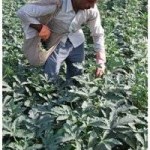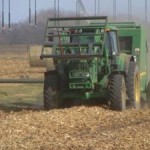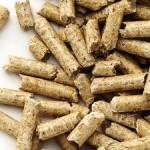Wine-growers, with their knowledge of which cultivation techniques are most appropriate in a given climate, could benefit from the study’s forecasts of temperature conditions, Diffenbaugh said.
“Climate change over the next few decades is of particular relevance for the wine industry,” he said. “It’s a big investment to put plants in the ground. They’re slow to mature, and once they mature, they’re productive for a long time.”
By moving vineyards to areas where less drastic temperature change is likely, growers may be able to maintain the quality of their grapes by using existing cultivation and wine-making techniques, Diffenbaugh said. Possible strategies include providing special trellis systems that shade vines, using irrigation to cool plants and adjusting fermentation processes in the winery.
“It’s risky for a grower to make decisions that consider climate change, because those decisions could be expensive and the climate may not change exactly as we expect,” Diffenbaugh said. “But there’s also risk in decisions that ignore global warming, because we’re finding that there are likely to be significant localized changes in the near term.”
Diffenbaugh’s co-authors are Michael White of Utah State University, Gregory Jones of Southern Oregon University and Moetasim Ashfaq of Oak Ridge National Laboratory, a former post-doctoral researcher at Stanford.
The study was supported in part by a National Science Foundation CAREER Award to Noah Diffenbaugh.
Details of the Study:
Title of the Study: “Climate Adaptation Wedges: A Case Study of Premium Wine in the Western United States”
Authors: Noah S. Diffenbaugh, Michael A White, Gregory V. Jones and Moetasim Ashfaq
Published in ‘Environmental Research Letters’ in June 30 edition; doi: 10.1088/1748-9326/6/2/024024
Check the following link to read/download the Full Study:
http://iopscience.iop.org/1748-9326/6/2/024024
Source: Stanford University (Written by Sascha Zubryd).













